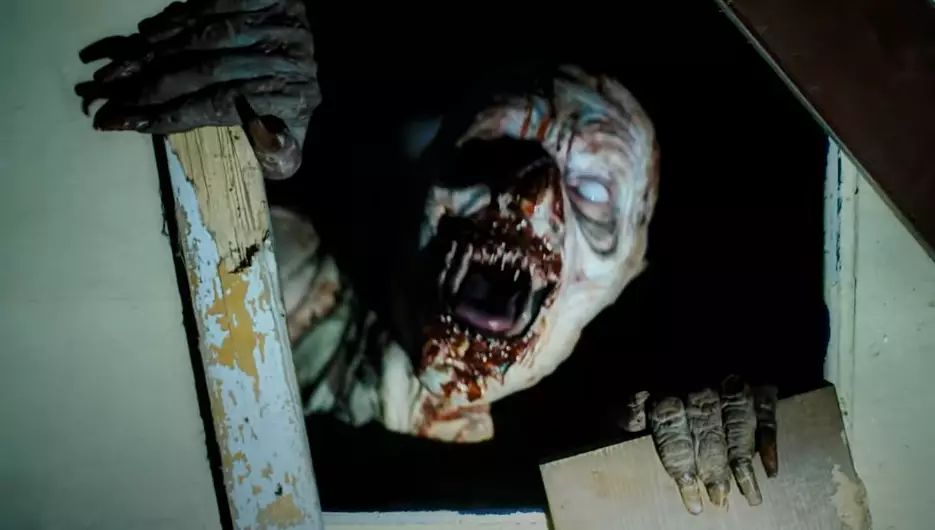The realm of video game adaptations has always been a double-edged sword, with the masses oscillating between excitement and skepticism. Recent developments surrounding *Until Dawn*, directed by David F. Sandberg, exemplify this dilemma. After Sandberg’s harrowing experience with *Shazam: Fury of the Gods*—which invited a cacophony of fan backlash and even death threats—his reluctance to navigate the treacherous waters of intellectual property (IP) filmmaking is entirely understandable. In an age where fandom can go toxic, the stakes are high for directors who dare to bring beloved narratives to life on the big screen.
Sandberg’s initial hesitation highlights a critical issue in the film industry: the burden of audience expectation. Fans are passionate, and their attachment to beloved characters and lore can lead to intense scrutiny. With this backdrop of potential backlash, one cannot help but wonder if the art of storytelling is compromised when the primary intent is to please a dedicated fanbase. Sandberg’s reticence to tackle another IP-based project augurs a pivotal moment; he recognized that the industry’s challenges could eclipse artistic expression.
Finding a New Narrative in Familiar Terrains
Despite these challenges, Sandberg’s choice to direct *Until Dawn* stems from an intriguing concept: a time loop that allows characters to confront diversified horror threats each night. This mechanism ingeniously echoes the interactive nature of the original game, where player agency shapes the story through distinct choices. Sandberg’s acknowledgment of this narrative device underscores a valuable insight: the importance of innovation even within established frameworks.
While some critics voiced concerns regarding *Until Dawn* not being a direct adaptation, Sandberg’s argument for creative divergence is compelling. By developing a unique storyline, the filmmakers sidestep the pitfalls of direct recreation, where comparisons to the original may detract from the cinematic experience. Instead, they offer a fresh lens through which fans can engage with the universe of *Until Dawn*, an angle that reinforces the artistry of storytelling rather than undermines it. Adapting the game’s plot in full could instigate a futile comparison where any deviation would be met with resentment.
A Calculated Risk with Potential Rewards
With a reported production budget of $15 million and projections indicating a $10 million opening weekend, *Until Dawn* could prove that innovative storytelling and risking creative license can pay off. This maneuver, though fraught with uncertainties, might embolden other directors facing similar crossroads. Within the landscape of adaptations, Sandberg’s pivot serves as a case study in bravery, challenging the conventional approach to beloved narratives.
In short, the confluence of gaming and film continues to provoke curiosity and trepidation. While *Until Dawn* wades into these tumultuous waters, it advocates for a reimagined framework of adaptation – one that prioritizes creativity and fresh narratives over mere replication. As audiences flock to theaters, one can only hope that this approach ushers in a new era of thoughtful film adaptations, engaging viewers through both innovation and nostalgia.

